How to Turn $100,000 into Multiple Real Estate Investments
Investing in real estate can be one of the most lucrative ways to build wealth over time. But with a limited budget—say, $100,000—it’s important to be strategic about how you deploy that capital to maximize your return. If you're looking for a way to leverage your money effectively and build long-term wealth through real estate, one smart strategy is to buy a property with a "bonus" component, improve it, and then refinance it to pull out your initial investment for the next deal. Here’s how you can turn $100,000 into multiple real estate investments using this approach.
Step 1: Buy a Property with a Bonus Component
When you only have a finite amount of money to invest—$100,000—the goal is to use your capital in a way that creates value beyond just the property itself. Instead of purchasing a typical single-family home with no potential for future growth or added value, look for properties that have additional features or development opportunities.
What is a "Bonus" Property?
A "bonus" property refers to any home or lot that has extra components, features, or opportunities for future value creation. These are elements of a property that you can improve, convert, or develop to enhance the overall value of the asset. Here are a few examples of bonus components that can add significant value to your investment:
Guest House or Accessory Dwelling Unit (ADU): If the property has a guest house, a detached garage that could be converted into a living space, or a small apartment above the garage, this is a great opportunity. You could renovate the bonus space and rent it out separately, providing additional income.
Barn or Shop: Properties with a barn or outbuildings can be converted into workshops, storage facilities, or even short-term rental spaces like Airbnbs, which can increase your rental income.
Large Lot with Subdivision Potential: If the property sits on a large piece of land that is zoned for residential or mixed-use development, you may be able to subdivide it into multiple parcels. This could allow you to sell off parts of the land or build additional homes in the future, increasing your overall investment return.
Let’s break down the budget here: You might use $40,000 to $50,000 of your $100,000 to secure the property as a down payment. Depending on the location and the type of property you’re looking at, this amount could be enough to purchase a single-family home or a larger lot with development potential.
Step 2: Improve the Property and Its Bonus Component
Once you've secured the property, the next step is to improve both the primary home and the bonus component of the land to unlock its full value. Improvement doesn’t just mean cosmetic upgrades—it’s about adding functionality and desirability that will make the property more valuable and profitable in the long run.
Improving the Main House
Cosmetic Upgrades: Fresh paint, new flooring, updated kitchen and bathrooms, and modern fixtures can go a long way in increasing the home's appeal to renters or buyers. Even small improvements, like landscaping, can increase curb appeal and overall marketability.
Functional Upgrades: Depending on the condition of the home, you may need to address any structural or systems-related issues. This could include roof repairs, electrical or plumbing updates, or energy efficiency improvements. These upgrades not only increase the property’s value but can also make it more attractive to potential tenants if you're planning to rent it out.
Improving the Bonus Component
Now, focus on improving the bonus piece of the property—whether that’s a guest house, barn, or additional land for development. The improvements you make here can directly affect your ability to generate income from the property. Here are a few ideas:
Converting a Guest House or ADU: If the property has an extra living space, you could renovate it into a fully functional, modern rental unit. Adding amenities like a kitchenette, full bathroom, and separate entrance can make it ideal for long-term tenants or short-term vacation rentals. The rental income from this space can help pay down your mortgage while building your wealth.
Turning a Barn into a Shop or Studio: If there’s an existing barn or outbuilding, converting it into a workshop, storage space, or even a creative studio could provide rental opportunities. A space like this could appeal to small business owners, artists, or hobbyists who need a dedicated space for their work.
Subdivision: If the land is large enough to subdivide, working with a local surveyor and planner to determine the best way to divide the property could significantly increase its value. Once subdivided, you could sell off individual parcels or build additional homes for rental income or sale.
The goal here is to maximize the earning potential of both the primary residence and the bonus component by making improvements that will increase rental or resale value. This may require an additional $30,000 to $50,000, depending on the scope of work and the materials required.
Step 3: Refinance the Property into Commercial Debt
After improving the property and its bonus component, the next step is to refinance the property to pull out your initial investment. Refinancing allows you to convert the increased equity from your improvements into cash, which you can then use to fund your next real estate purchase.
How Refinancing Works
Increased Value: When you’ve made significant improvements to both the home and any bonus components, the property should be worth more than it was when you bought it. This is the key—by increasing the property’s value through renovations or development, you’ve created equity that wasn’t there before.
Commercial Debt: Refinancing into commercial debt, or a commercial mortgage, allows you to access this increased equity by taking out a new loan based on the property’s new, higher value. Commercial loans often allow you to borrow a higher percentage of the property's value compared to traditional residential loans, which means you can pull out your initial investment (and potentially more) to use for future purchases.
Pulling Out Your Initial Investment: Once you’ve refinanced, you can pull out your initial down payment and any additional funds you invested into the property. This gives you the liquidity you need to move on to the next deal—without needing to wait for the property to sell or accumulate rental income over many years.
Example:
Let’s say you purchased a property for $200,000 with a $50,000 down payment. After making improvements, including renovating the main house and converting the barn into a rentable space, the property now appraises for $300,000. If you refinance with a commercial loan, you may be able to borrow 75% of the property’s new value—$225,000. This allows you to pull out your $50,000 down payment, plus additional funds to reinvest into the next property.
Step 4: Rent Out the Property and Do It Again
Once you’ve refinanced and pulled out your initial investment, the property is now ready to generate income through rental. If you've converted a portion of the property into a separate living space (like a guest house or ADU), you can rent it out for additional income. Alternatively, you can rent the entire property or part of the main house, depending on the local rental market and demand.
Now that you’ve got your initial investment back, you’re in a position to repeat the process. Use the capital you’ve pulled out to purchase another property with a bonus component, improve it, and refinance again. Over time, this strategy can allow you to scale your real estate portfolio with minimal cash out-of-pocket.
Leverage, Improve, and Reinvest
Real estate investment is all about using your capital strategically to unlock hidden value and create opportunities for future growth. By purchasing a property with a bonus component, making thoughtful improvements, refinancing to pull out your initial investment, and then renting the property out, you can create a continuous cycle of real estate investments that generate cash flow and long-term wealth. With an initial investment of $100,000, this strategy has the potential to significantly multiply your assets over time—without requiring large amounts of additional capital upfront.
By focusing on properties with additional development potential, improving those properties to increase their value, and then refinancing into commercial debt, you can effectively use the "buy, improve, refinance, repeat" strategy to maximize your real estate returns.
Interested in starting your real estate investment journey? Call us today, we’d love to guide you throughout these steps.


